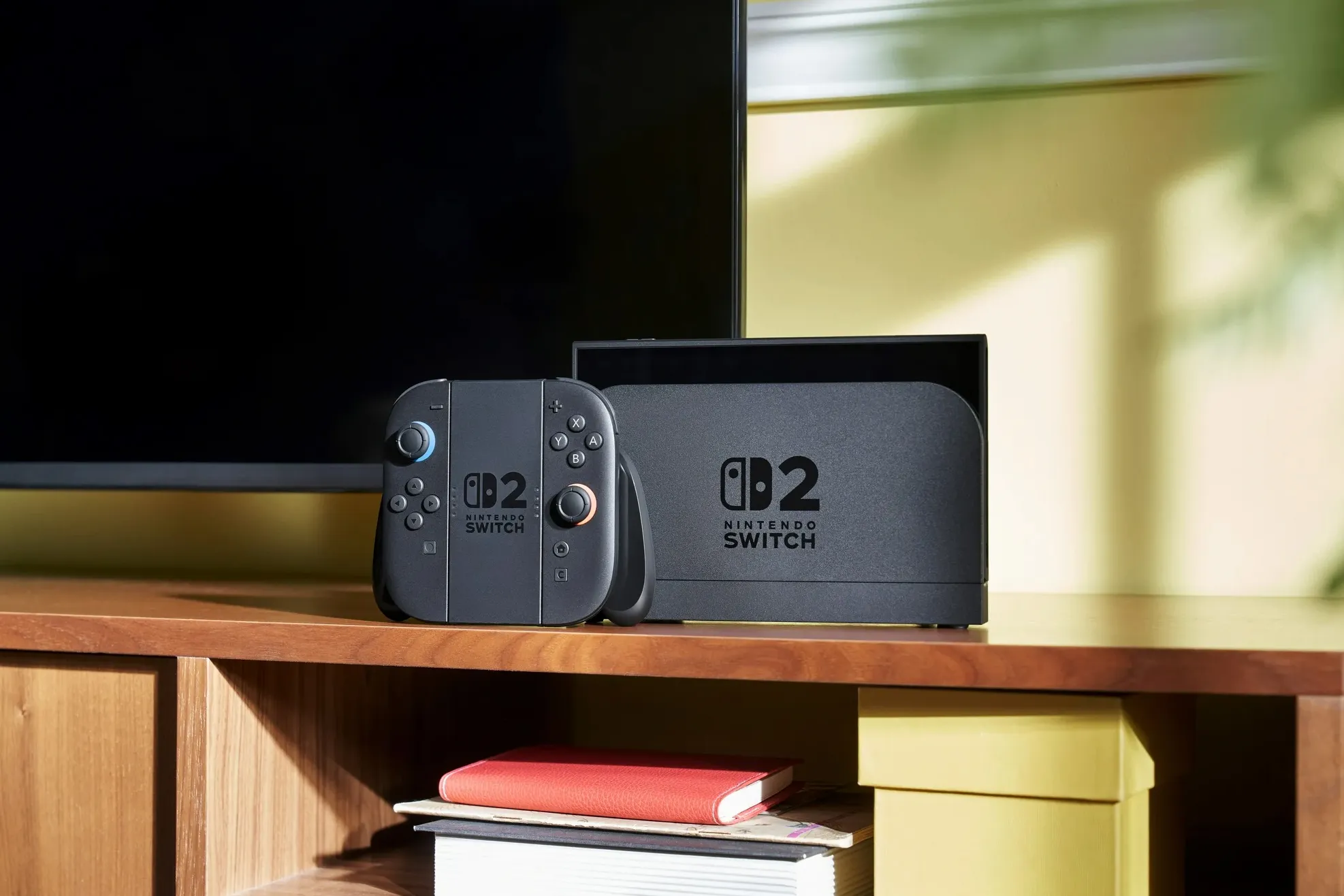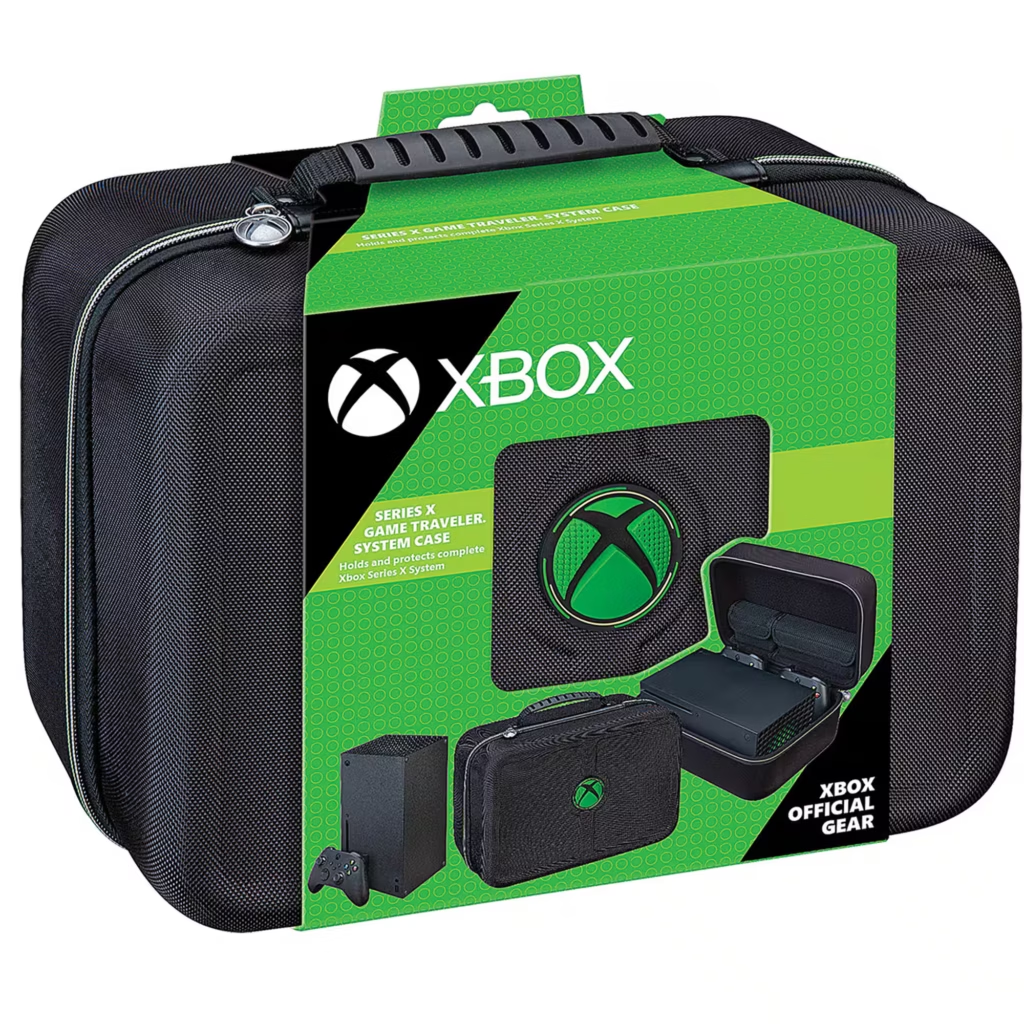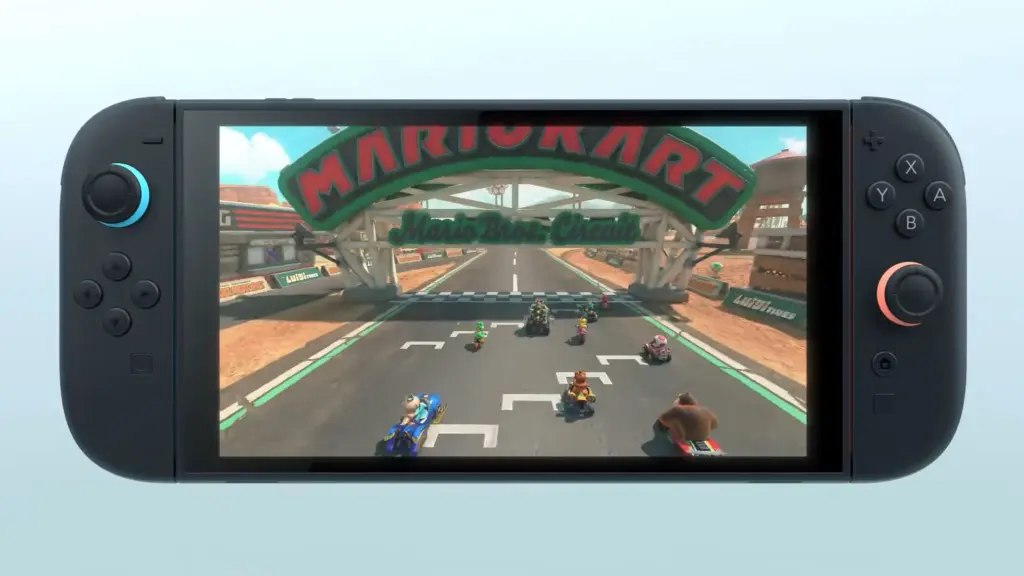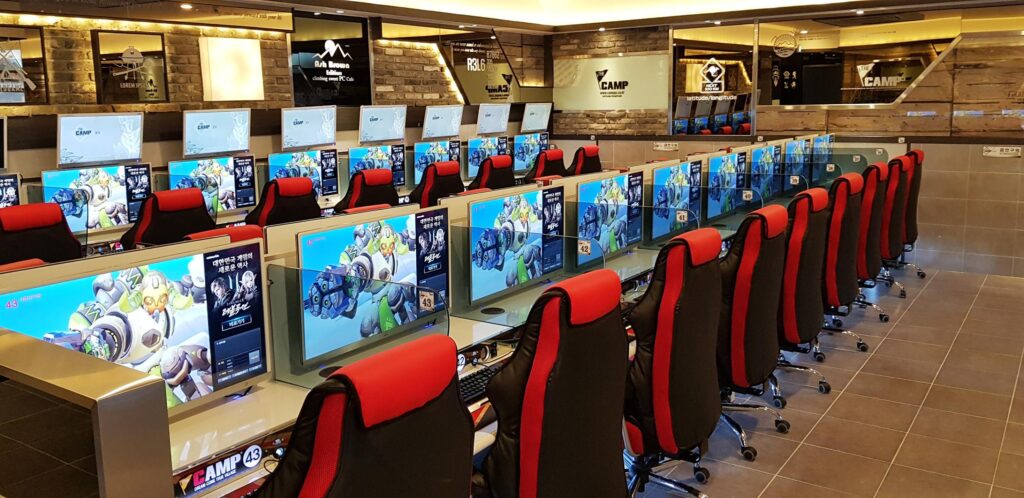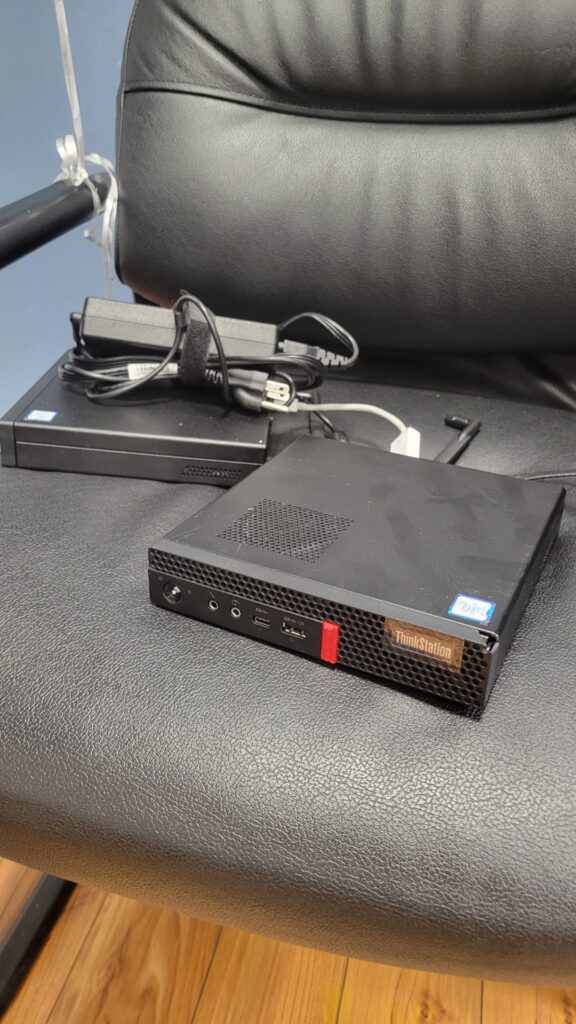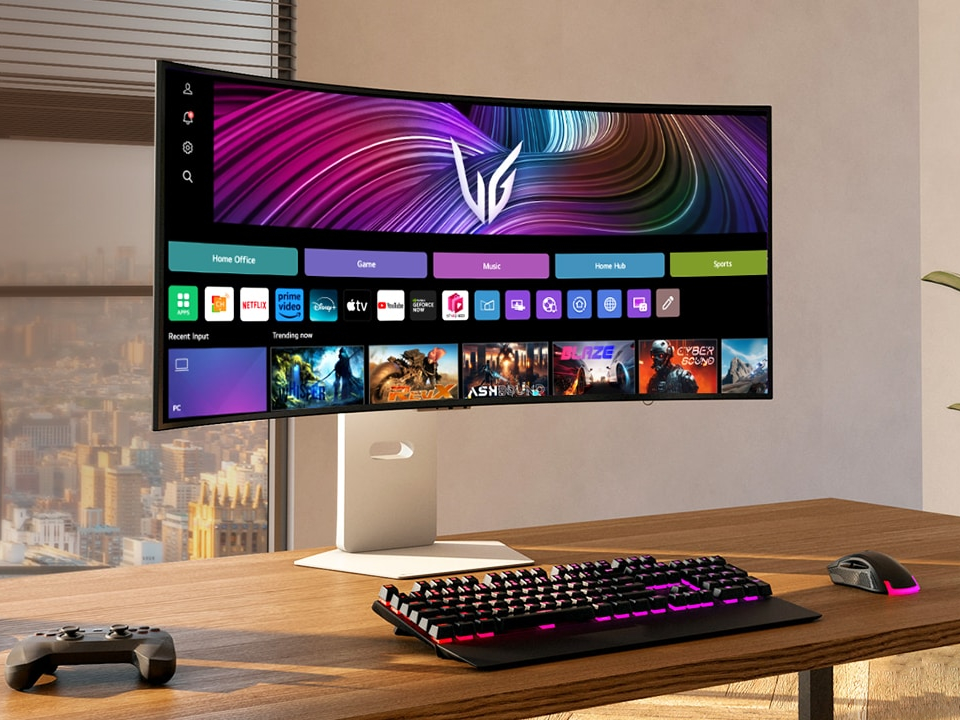The Gaming Industry’s Global Supply Chain
To understand the potential impact, we must first look at where gaming hardware comes from. The majority of major gaming consoles and components—including those for PlayStation, Xbox, and Nintendo Switch—are manufactured or assembled in China, Japan, South Korea, and Southeast Asia. These are exactly the regions being targeted by the new wave of tariffs.
The way tariffs will affect videogame pricing begins here: when a 10% or higher import tariff is added to a product like a gaming console, companies have limited options:
Absorb the cost and lose profit margin
Raise the price and pass the cost to consumers
Shift manufacturing, which is costly, complicated, and takes time
In most cases, especially in hardware sectors, prices go up. And for an industry already facing inflation and increased production costs, the result could be steep. As the ripple effects reach retailers and consumers, we begin to see just how significantly these tariffs will affect videogame pricing across the board.
Consoles Could See $200–$250 Price Increases
Let’s start with hardware. Video game consoles are already expensive to produce, with tight margins in the first few years of release. According to industry estimates, the addition of a 10%+ tariff could result in price hikes of $200 to $250 per unit at retail.
For example:
A $499 console like the PlayStation 5 or Xbox Series X could now retail for $699–$749
The upcoming Nintendo Switch 2, previously projected to launch at $449.99, may now cross the $550–$600 threshold once taxes and import duties are factored in
This isn’t speculation—Nintendo has already delayed U.S. pre-orders of the Switch 2 due to these tariff concerns, signaling that the final retail pricing is being re-evaluated.
For households with multiple gamers—or those saving up for next-gen upgrades—this creates a financial barrier that could push purchasing decisions months (or even years) down the line. It’s a clear example of how tariffs will affect videogame pricing at a foundational level.
Software Prices Could Hit $100+ Per Game
It’s not just hardware in the crosshairs. Video game software is also vulnerable to price inflation. While many games are digitally distributed, physical editions, collector’s items, and even controller firmware or development tools are often imported.
The standard AAA game currently retails for $69.99, up from the traditional $59.99 in the last console cycle.
With the added import tax on physical game media and peripherals, retail prices could rise to $89.99–$112.00 in the U.S. This is yet another way that tariffs will affect videogame pricing, especially for collectors or gamers who prefer physical media.
This would be a massive shift for the industry—and a potential public relations nightmare. Game publishers may face backlash for charging more while also layering in microtransactions, season passes, and deluxe editions. Yet for companies reliant on disc-based sales and merchandising, the increase might be necessary just to maintain profitability in a tariff-impacted economy.
Nintendo Switch 2: A Case Study in Real-Time Impact
Perhaps no platform stands to be more directly affected than Nintendo’s upcoming Switch 2. Announced in early 2025, the console was positioned to be a modestly priced successor to the bestselling Nintendo Switch—offering upgraded hardware, better graphics, and improved Joy-Con controllers.
Initial pricing rumors placed it around $449.99, a competitive figure given its hybrid nature. But with Trump’s new tariff strategy in play, Nintendo has paused U.S. pre-orders to evaluate cost adjustments.
Why is this significant?
Nintendo outsources almost all of its manufacturing to Asian markets, particularly China.
The Switch 2’s pricing strategy was a key selling point—meant to undercut Sony and Microsoft.
A price hike could erode Nintendo’s value proposition and impact launch momentum in its largest market: the U.S.
This real-time example illustrates another dimension of how tariffs will affect videogame pricing, even before products reach shelves. While Nintendo may seek partial manufacturing shifts to Vietnam or India, that takes time. In the short term, U.S. consumers may see prices $75–$150 higher than international markets, creating frustration and weakening demand.
In a globalized tech economy, this is yet another way tariffs will affect videogame pricing in unpredictable and far-reaching ways.
Accessory Inflation: Controllers, Headsets, and More
Accessories and peripherals often get overlooked in pricing conversations, but they play a huge role in the gaming ecosystem. Everything from controllers and charging docks to headsets and external storage drives is imported.
Here’s how tariffs could shift pricing:
| Accessory | Typical Price (2024) | Predicted Price (Post-Tariff) |
|---|---|---|
| DualSense Controller | $69.99 | $89.99–$99.99 |
| Xbox Wireless Headset | $99.99 | $119.99–$139.99 |
| 1TB External Drive | $89.99 | $109.99–$129.99 |
Gamers often budget for a console and a few key accessories. If tariffs push those prices up significantly, we could see lower attach rates—meaning fewer purchases per console.
Gaming Laptops and GPUs: PC Gamers Feel the Heat Too
Console gamers aren’t the only ones affected. The PC gaming world depends heavily on GPUs, CPUs, and high-end laptops, most of which are manufactured in or assembled from imported components.
With tariffs in place:
Entry-level gaming laptops could jump from $1,000 to $1,200+
High-end GPUs (e.g., NVIDIA RTX 4090), already hovering near $1,600, could climb to $1,900 or more
Custom-built gaming PCs could cost hundreds more than they did last year
This raises concerns for competitive gamers, streamers, and developers who rely on cutting-edge performance but may be priced out of upgrades.
Will Digital Distribution Save Us? Not Entirely.
Some might think digital games and cloud-based gaming will dodge the cost bullet, but that’s not entirely true. While digital downloads bypass physical manufacturing, they still rely on:
Servers and infrastructure (often built with imported hardware)
Licensing and software tools created overseas
Development teams based in tariff-impacted countries
Plus, publishers tend to keep digital and physical pricing aligned to avoid undercutting retail partners—so price increases will likely carry over to digital storefronts as well.
Consumer Spending and Industry Risks
From an economic perspective, these price hikes come at a fragile time. U.S. households are still feeling the effects of pandemic-era inflation, student loan repayments, and general cost-of-living increases.
According to consumer forecasts, these tariffs could:
Increase annual household costs by $3,800 on average
Depress consumer electronics spending by up to 15%
Delay console upgrade cycles for many households
In turn, this could lead to:
Reduced launch sales for new systems like the Switch 2
Declining physical game sales
Shifts in how games are developed, with studios prioritizing mobile, free-to-play, or live-service models that can operate on leaner budgets
Can the Industry Adapt?
Major players like Microsoft, Sony, and Nintendo have been through economic shakeups before—but this one is uniquely tied to manufacturing geography. Some strategies companies might explore include:
Shifting production to low-tariff countries (Vietnam, Mexico, Malaysia)
Passing only part of the cost to consumers, while tightening profit margins
Delaying U.S. launches or offering “barebones” packages to hit a lower entry price
Encouraging digital-only sales to minimize physical import costs
However, all of these come with logistical and financial challenges—especially for companies already navigating global chip shortages and supply chain bottlenecks.
What to Expect Next
As of mid-2025, it’s clear that Trump’s tariffs will affect videogame pricing in a major way. Whether you’re a console gamer, PC enthusiast, or casual mobile player, prices for hardware, games, and accessories are poised to rise.
While companies may find clever ways to soften the blow, the reality is this: gaming is about to get more expensive, at least in the short term. For gamers, that may mean saving longer, buying less, or holding off on upgrades. For developers and publishers, it means rethinking pricing models and release strategies.
One thing’s for sure—2025 is a pivotal year for gaming economics, and every dollar will count.
